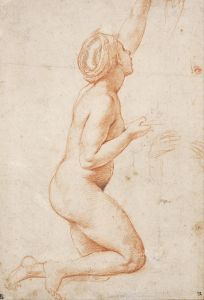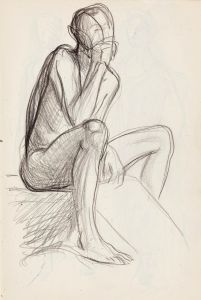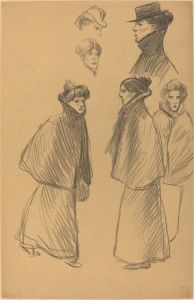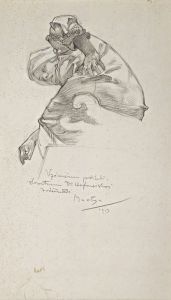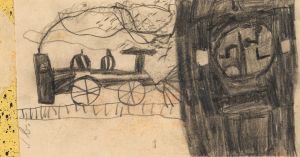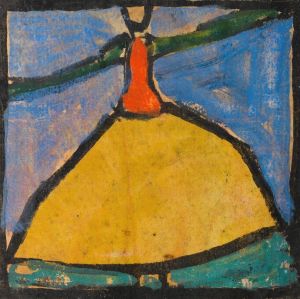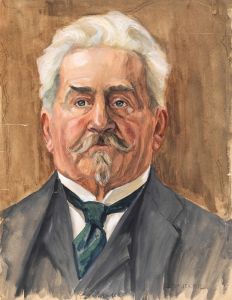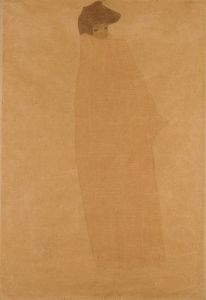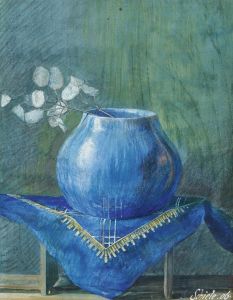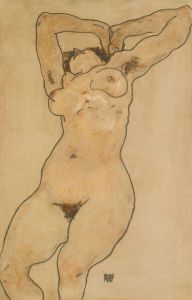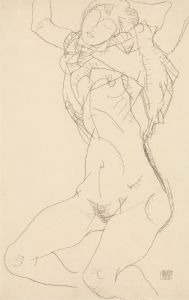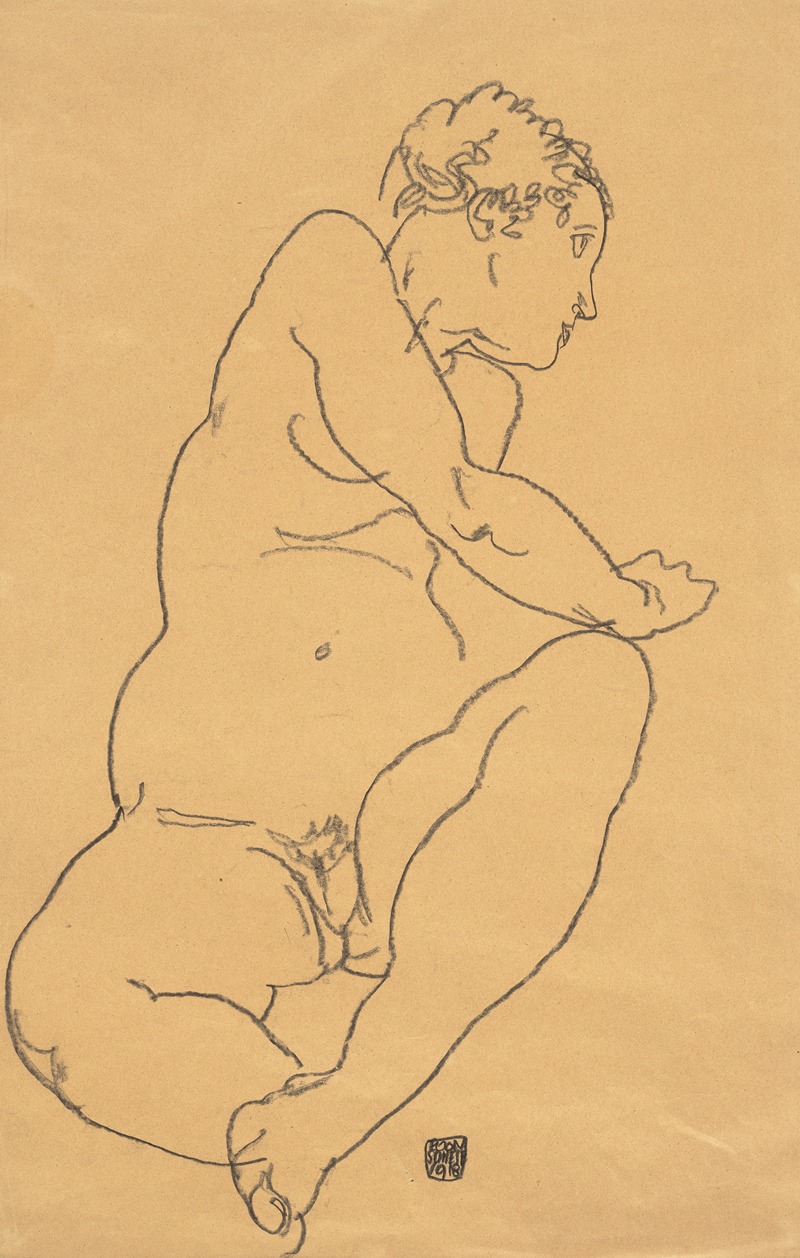
Female Nude Bending to the Left
A hand-painted replica of Egon Schiele’s masterpiece Female Nude Bending to the Left, meticulously crafted by professional artists to capture the true essence of the original. Each piece is created with museum-quality canvas and rare mineral pigments, carefully painted by experienced artists with delicate brushstrokes and rich, layered colors to perfectly recreate the texture of the original artwork. Unlike machine-printed reproductions, this hand-painted version brings the painting to life, infused with the artist’s emotions and skill in every stroke. Whether for personal collection or home decoration, it instantly elevates the artistic atmosphere of any space.
Egon Schiele, an Austrian painter known for his intense and raw portrayal of the human form, created "Female Nude Bending to the Left" in 1917. This work is a quintessential example of Schiele's distinctive style, characterized by its expressive lines, bold use of color, and exploration of the human body in unconventional poses. Schiele was a protégé of Gustav Klimt and was part of the early 20th-century Viennese Expressionist movement, which sought to convey emotional experience rather than physical reality.
"Female Nude Bending to the Left" exemplifies Schiele's fascination with the human figure, particularly the female form. The painting depicts a nude woman in a dynamic pose, bending her body to the left. Schiele's use of line is particularly notable; his contours are sharp and deliberate, capturing the tension and movement in the figure's pose. The artist often employed a limited color palette, focusing on the interplay of light and shadow to emphasize the form's three-dimensionality.
Schiele's approach to the nude was revolutionary for his time. Unlike the idealized nudes of the past, his figures often appear vulnerable and introspective, reflecting a more modern and psychological interpretation of the human body. This approach was both celebrated and criticized during his lifetime, as it challenged the conventional norms of beauty and propriety in art.
The context of Schiele's work is essential to understanding its impact. The early 20th century was a period of significant social and cultural change in Europe, with artists like Schiele pushing the boundaries of traditional art forms. His work often explored themes of sexuality, identity, and existential angst, resonating with the broader Expressionist movement's goals to express the inner turmoil and complexities of the human psyche.
Schiele's career was tragically cut short when he died in 1918 at the age of 28, a victim of the Spanish flu pandemic. Despite his brief career, he left behind a substantial body of work that continues to influence artists and captivate audiences. "Female Nude Bending to the Left" is a testament to his skill and vision, showcasing his ability to convey profound emotion and psychological depth through the depiction of the human form.
Today, Schiele's works are celebrated for their innovative approach and emotional intensity. They are housed in major museums and collections worldwide, including the Leopold Museum in Vienna, which holds the largest collection of his works. "Female Nude Bending to the Left" remains a significant piece within Schiele's oeuvre, illustrating his unique contribution to modern art and his enduring legacy as a master of Expressionism.





